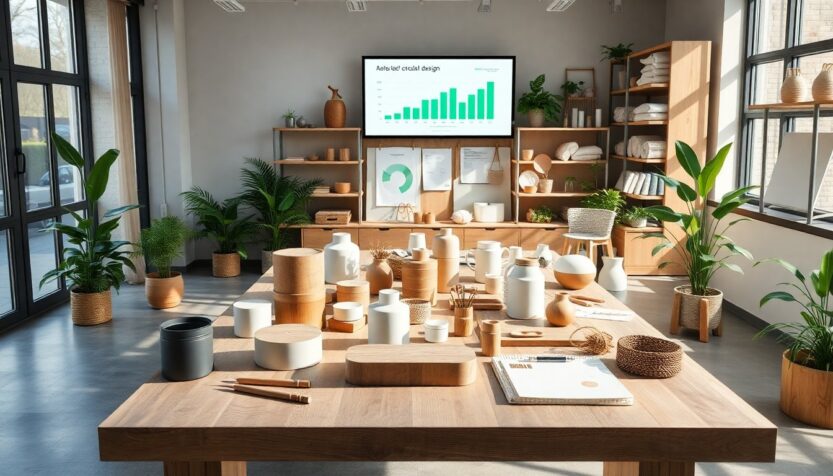The rise of circular design in corporate sustainability strategies
In recent years, circular design has become a pivotal aspect of corporate sustainability. This approach focuses on creating products and services that are environmentally friendly and economically viable throughout their lifecycle.
Emerging sustainability trend
As businesses aim for a more sustainable economy, the significance of circularity is increasingly acknowledged. This trend is transforming traditional linear models of production and consumption, where products are made, used, and ultimately discarded. Circular design seeks to prolong the use of materials, thereby minimizing waste and reducing resource extraction.
Business case and economic opportunities
The rationale for adopting circular design is strong. Companies that implement this model can lower costs related to waste management and raw material procurement. Furthermore, circular economy practices can generate new revenue streams through product leasing, refurbishment, and recycling initiatives.
How to implement in practice
Implementing circular design necessitates a strategic approach. Companies should begin with a life cycle assessment (LCA) to evaluate the environmental impact of their products. This assessment identifies areas for improvement and innovation. Collaboration with suppliers and customers to establish a closed-loop system is also vital for success.
Examples of pioneering companies
Leading companies are already experiencing the advantages of circular design. For example, Patagonia provides a repair program for its products, encouraging customers to extend the product lifecycle. Similarly, IKEA has pledged to utilize only renewable or recycled materials by 2030, showcasing how circular design can harmonize with business objectives and sustainability initiatives.
Roadmap for the future
Looking forward, the shift to circular design will necessitate collaboration across industries and sectors. Companies must invest in research and development to create innovative materials and processes. Additionally, raising consumer awareness about the benefits of circular products will be essential in driving demand.
Adopting circular design is not merely a trend; it is a strategic necessity for companies striving for carbon neutrality and long-term sustainability. By embedding circularity into their core operations, businesses can bolster their resilience and profitability in an increasingly competitive landscape.





